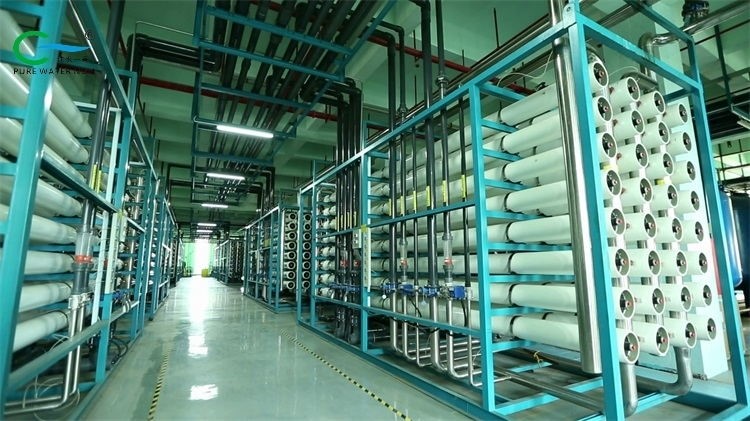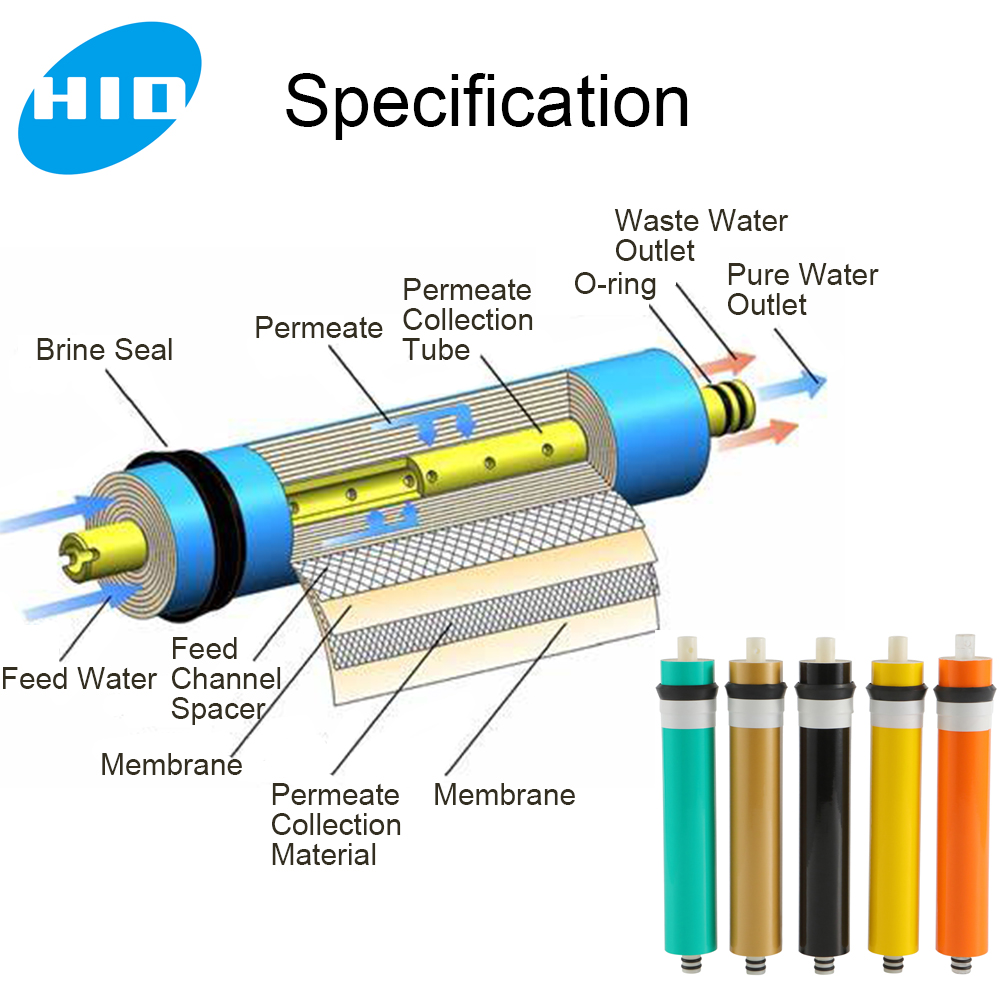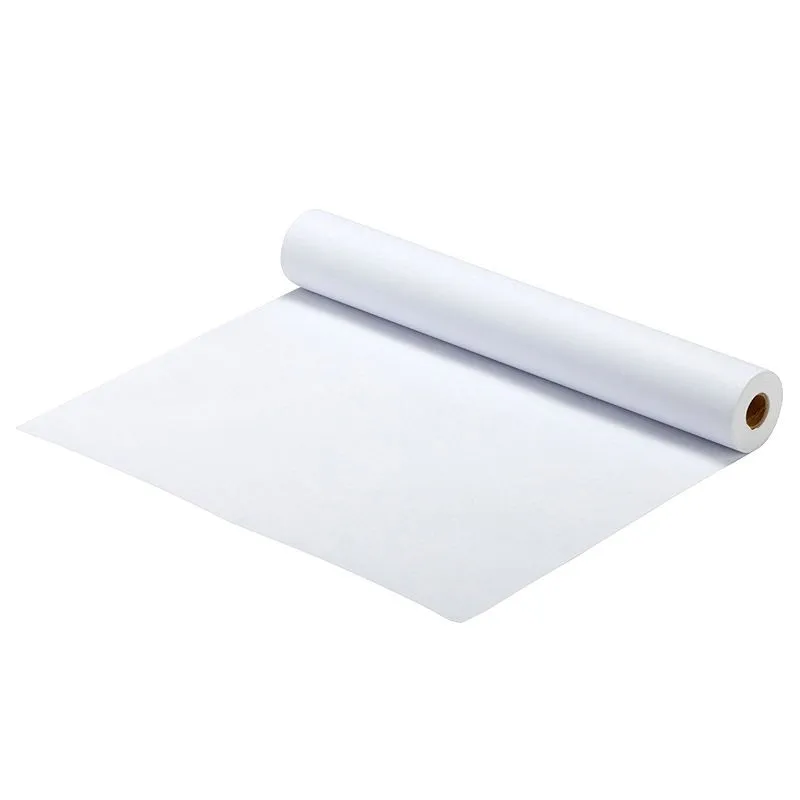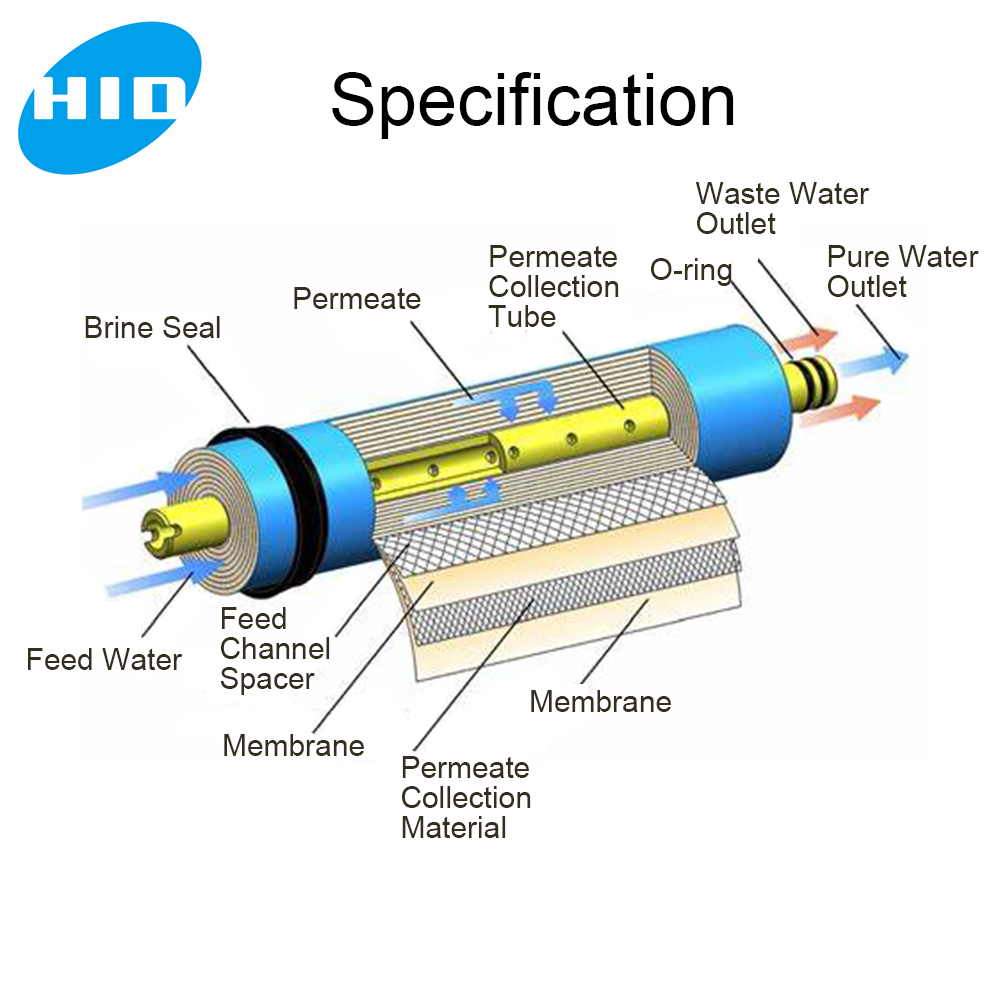Causes of Reverse Osmosis Membrane Damage and Solutions
Reverse osmosis (RO) is a widely used technology for water purification. However, the RO membranes can get damaged due to various reasons, affecting the system’s efficiency. This article will discuss the common causes of RO membrane damage and propose solutions to address these issues.
Causes of RO Membrane Damage
Chemical Damage: Exposure to chemicals like chlorine can degrade the RO membrane. High pH or low pH water can also cause damage.
Mechanical Damage: High pressure, rapid changes in water pressure, or improper installation can lead to mechanical damage.
Biological Damage: Bacteria and microorganisms can colonize the membrane surface, leading to biofouling.
Scaling: The accumulation of salts and minerals on the membrane surface can cause scaling, which reduces the membrane’s effectiveness.
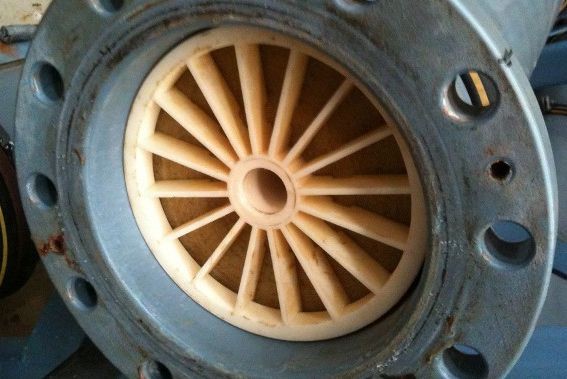
Solutions to RO Membrane Damage
Chemical Damage: Use carbon filters to remove chlorine from the water before it reaches the RO membrane. Regularly monitor and adjust the pH levels of the water.
Mechanical Damage: Ensure proper installation of the RO system by trained professionals. Maintain an optimal water pressure level to prevent damage.
Biological Damage: Regularly clean and disinfect the RO membrane to prevent bacterial growth.
Scaling: Use anti-scaling agents and regularly descale the membrane to remove accumulated salts and minerals.
In conclusion, regular maintenance and proper handling of the RO system can significantly reduce the risk of membrane damage, ensuring the longevity and efficiency of the system. It’s crucial to understand the causes of membrane damage to implement effective solutions.

